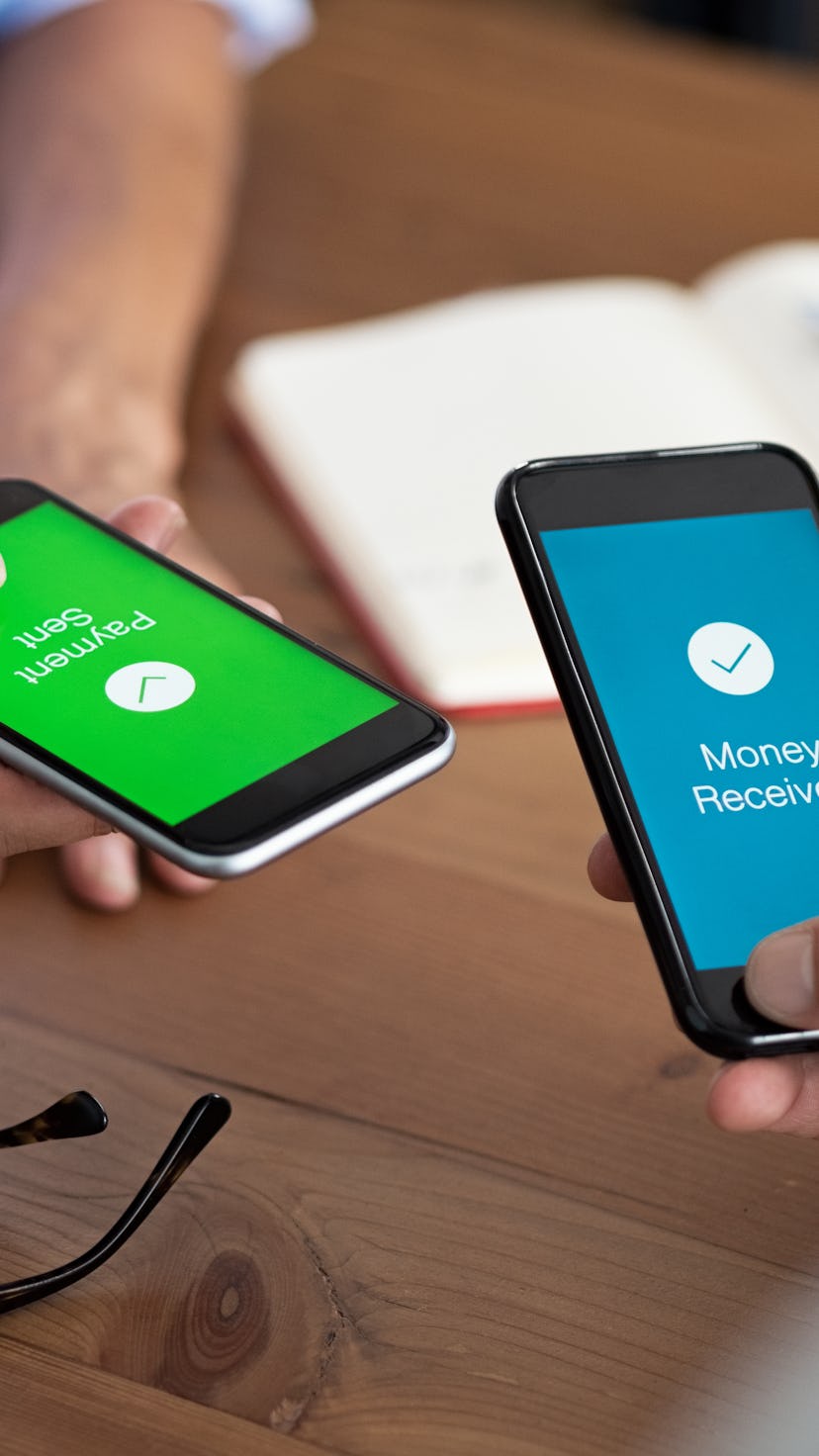A viral tweet about payment app Zelle has people talking about their peer-to-peer payment service of choice. If you're wondering if you should make a switch or just want to know the differences between Zelle and Venmo, here's how they compare.
This has drawn criticism as many don't have access to a bank account. A 2019 study by McKinsey & Co also found pervasive racist practices in banking like higher minimum balance requirements and fewer affordable banks among Black neighborhoods.
If you don't have a bank account, you can use a debit or credit card to set up a Venmo account. However, money sent via credit card has a 3% transfer fee. Venmo also offers a free debit card to users, which draws from your Venmo balance.
Zelle is owned by Early Warning Services, which is co-owned by Bank of America, Truist, Capital One, JPMorgan Chase, PNC Bank, U.S. Bank, and Wells Fargo. PayPal bought Venmo in 2013.
Most Zelle payments go to your bank instantly, though it can take up to three business days. Venmo has a 1% service fee for instant transfers with a minimum charge is $0.25 and a max of $10. Free transfers take one to three business days.
While Zelle offers fraud protection, both Zelle and Venmo have been used for scams and lack purchase protection you'd get from a credit card or bank. Also, PayPal is being investigated regarding Venmo's processes for overdraft collections.
Both apps are free and easy to use. Zelle is ideal for instant transfers, while Venmo comes in handy if you want to be able to transfer money to and from more people. Either way, you should only transfer money to people you know to avoid payment app fraud.
